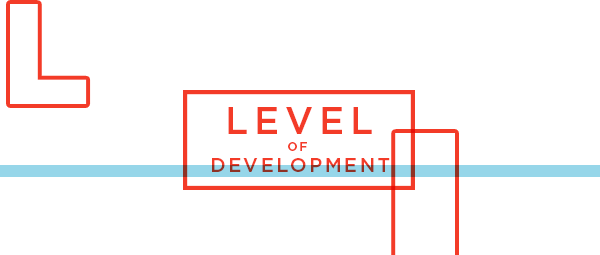The L in the SLED acronym stands for level of development. Many abortion advocates dismiss unborn children, particularly during the first trimester, as a mass of cells or a blob of tissue. This incredibly imprecise reasoning suggests that there is no moral difference between an embryo or fetus and a tumor or cyst, because of the baby’s level of development.
Every one of us began as a couple of cells that naturally developed into the complex bodies we now have. For thousands of years, this process was a mystery. We now know, thanks to the rapidly advancing science of embryology, that development actually begins at conception (T.W. Sadler, Langman’s Medical Embryology, 10th edition) and progresses very rapidly. By implantation (5-8 days) the embryo has gone from two cells to several hundred! By about three weeks, the heart is beating. By seven weeks, facial features, fingers and other details are visible.
Clearly, even a tiny embryo is biologically different from a cyst or a tumor. So the question for the abortion advocate is, at what point is a baby developed “enough” to have the right not to be killed? Some argue that because embryos are not self-aware or cannot “think,” they are not persons. Yet people with certain disabilities or brain injuries also may not “think” in the way that most of us do, but few believe that is a reason to end someone’s life. Newborn babies aren’t as self-aware as two-year-olds, and six-year-olds are not as self-aware as adults. Where do we draw the line?
In reality, we all develop differently, with different abilities and shortcomings. If we allow those in power to determine the threshold of ability that gives us a right to life, we will head down a dark path that has been repeated throughout history and never ends well. We must cherish each life—however it develops—as a gift from the Creator.
